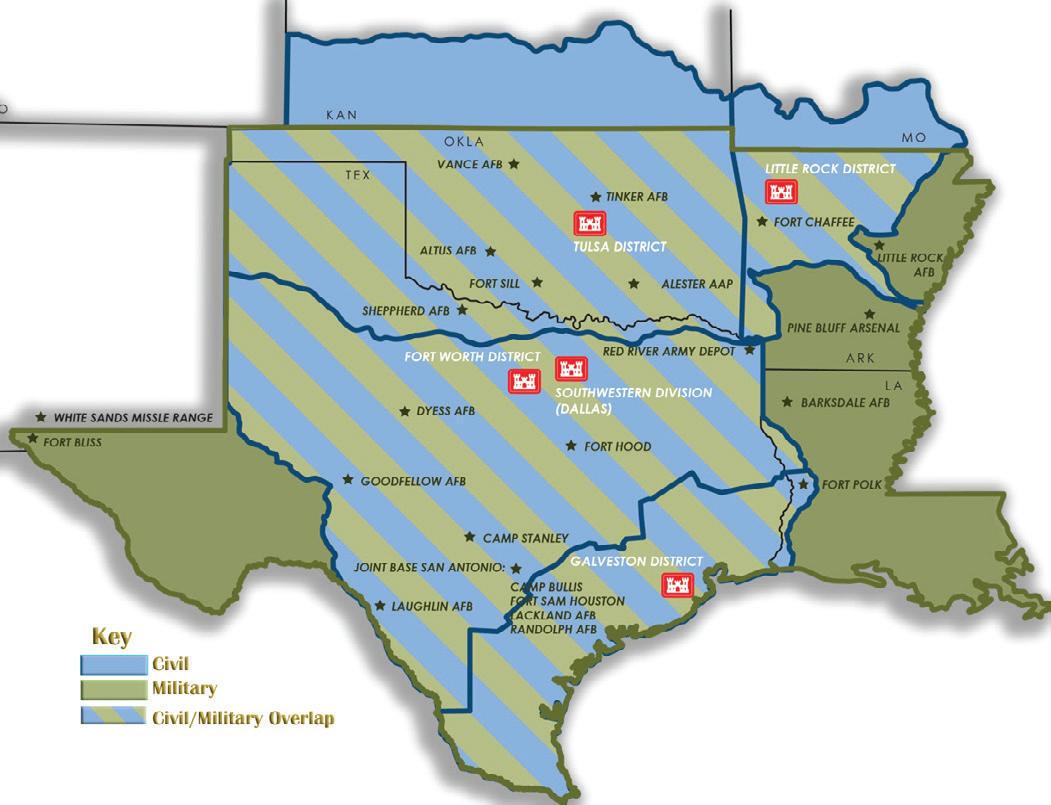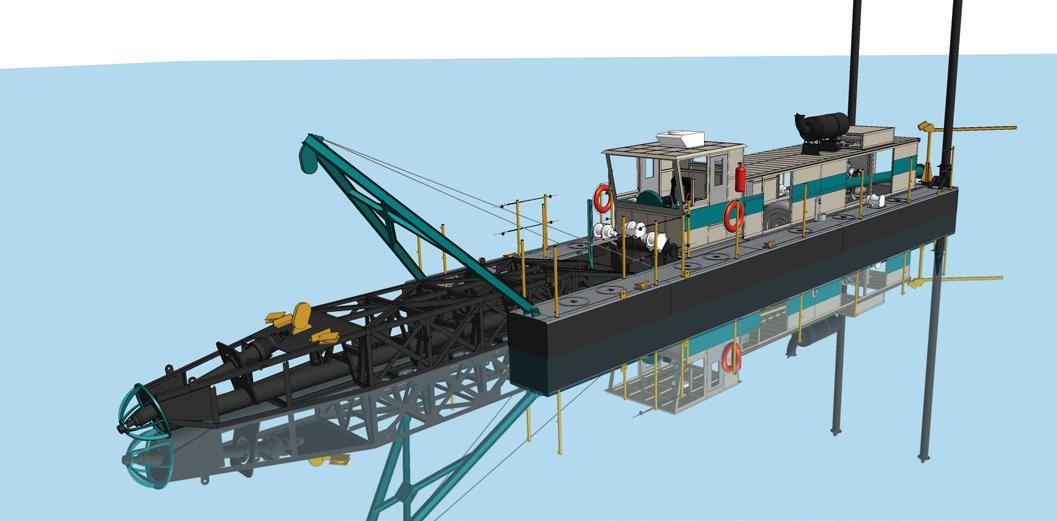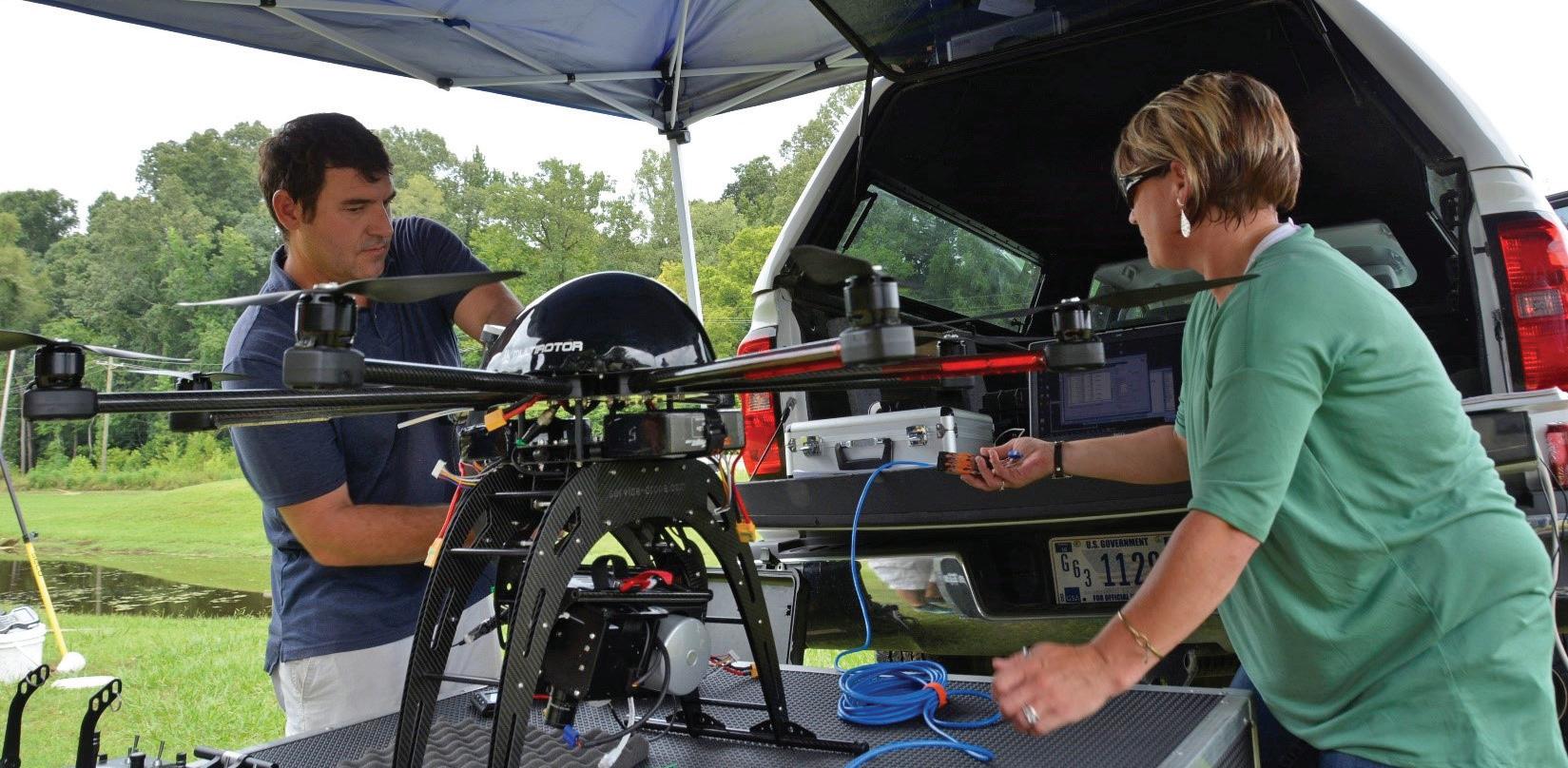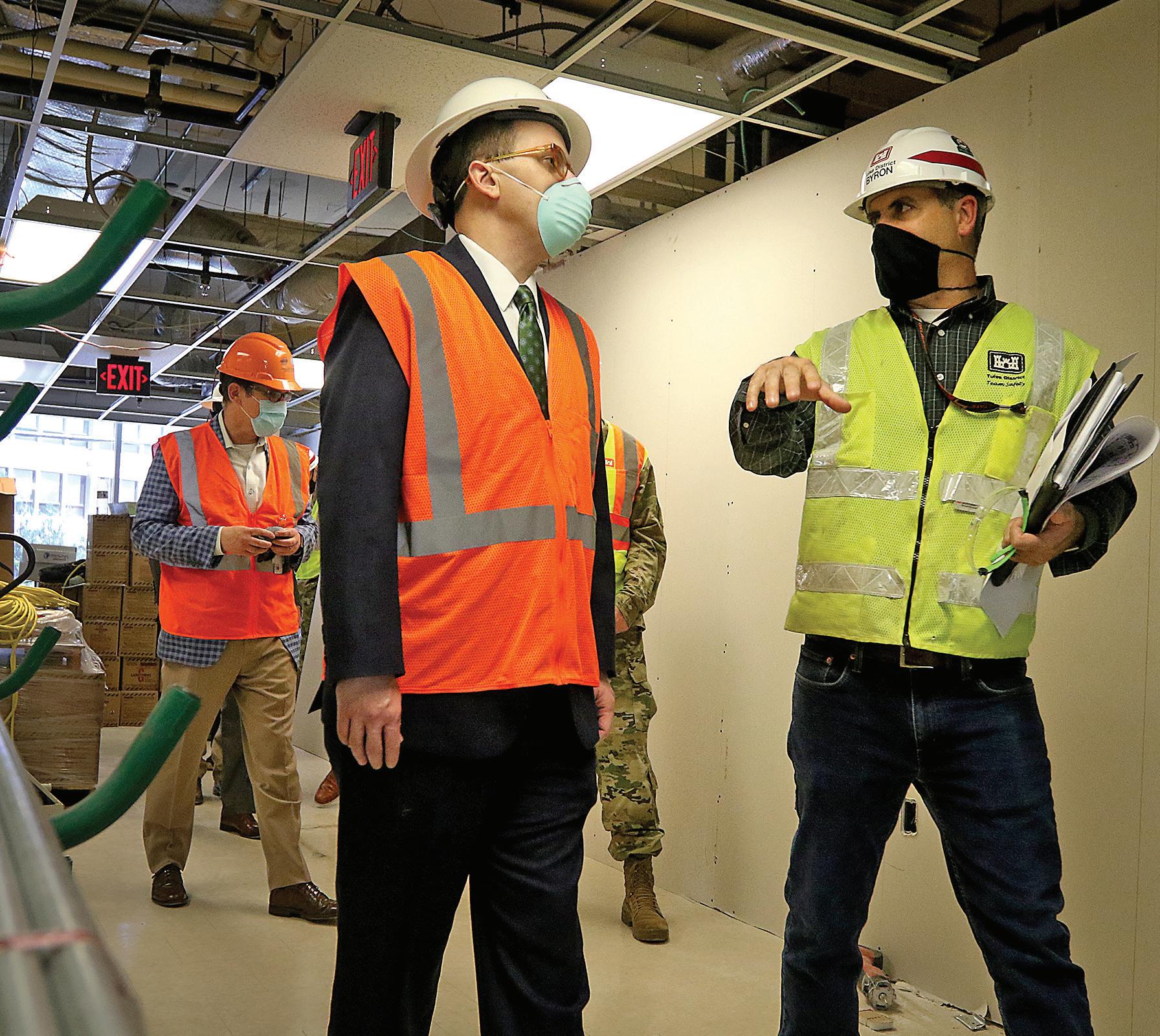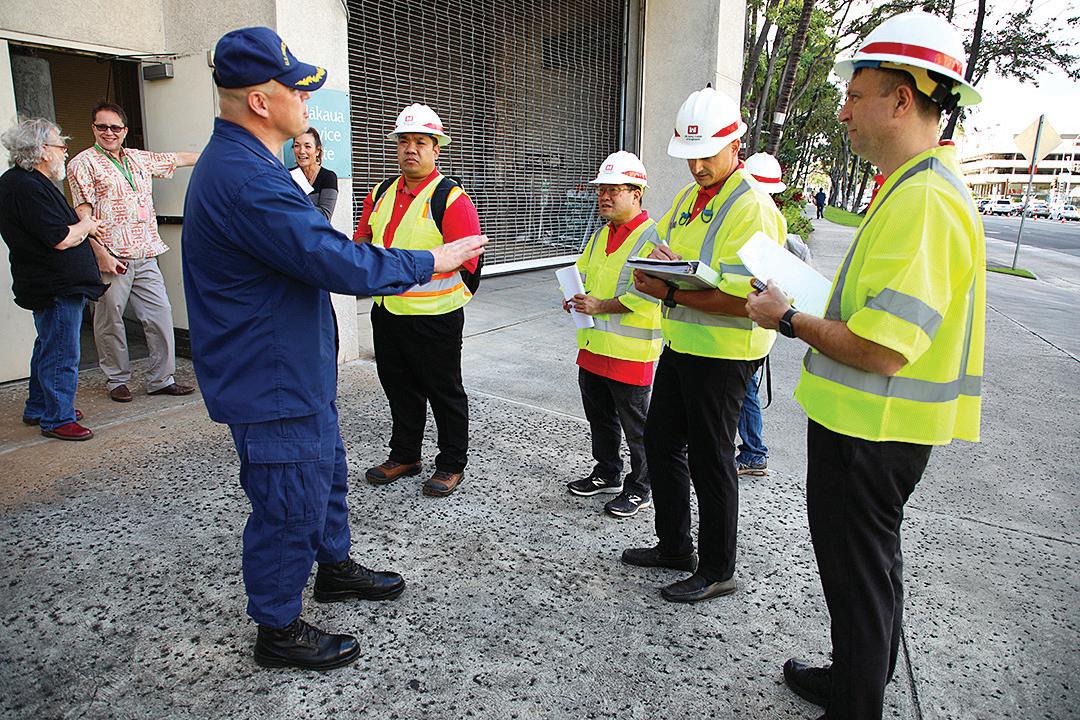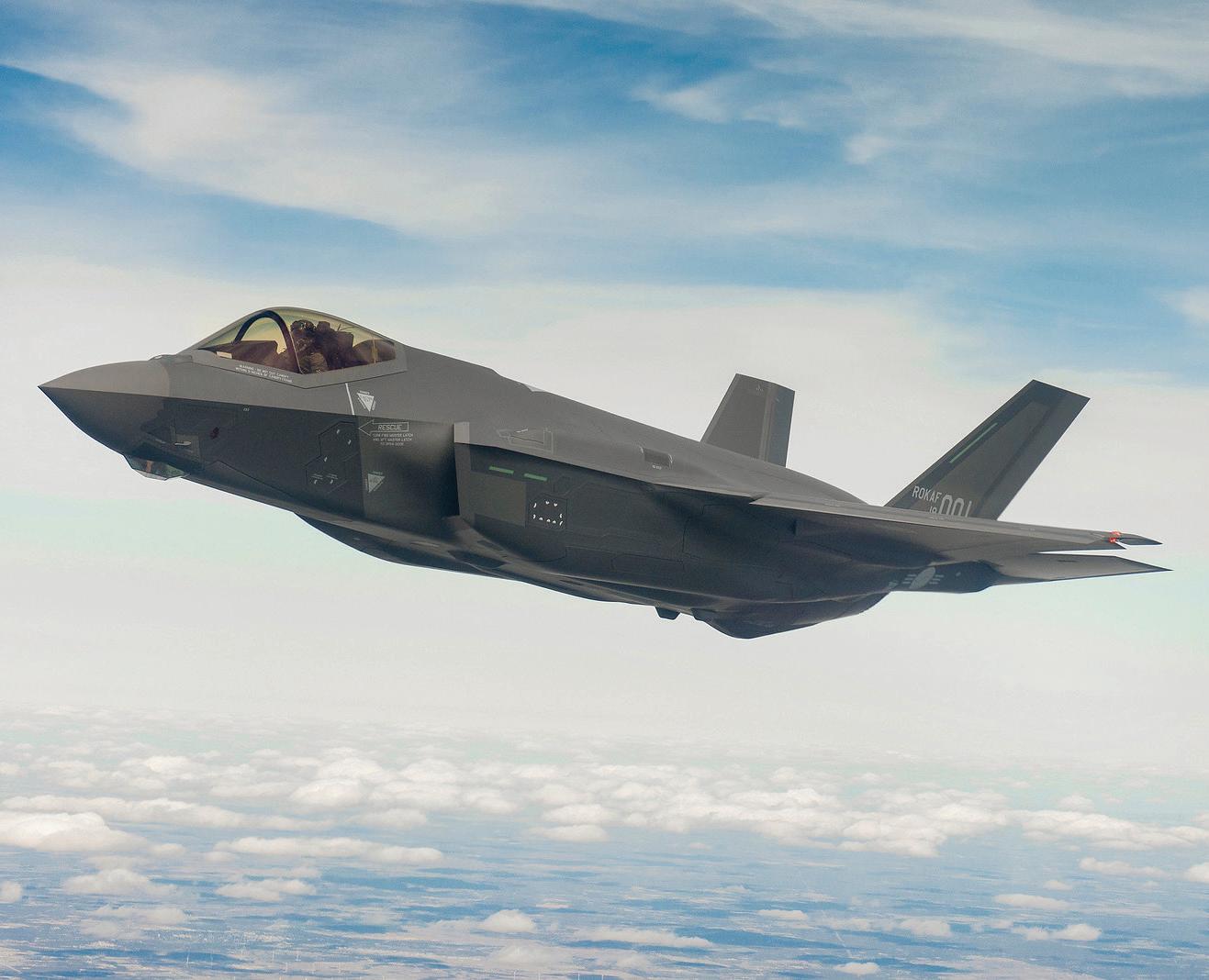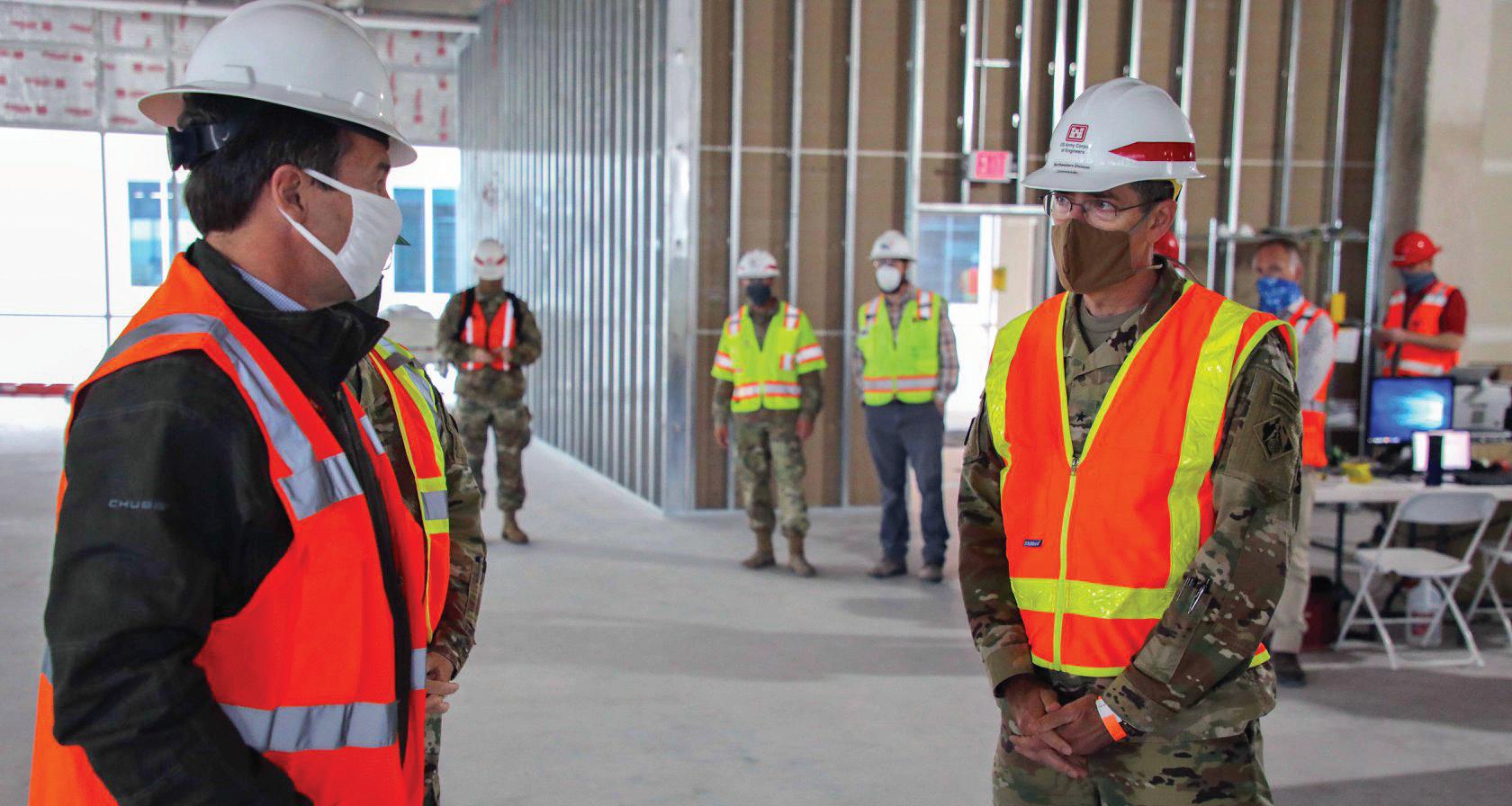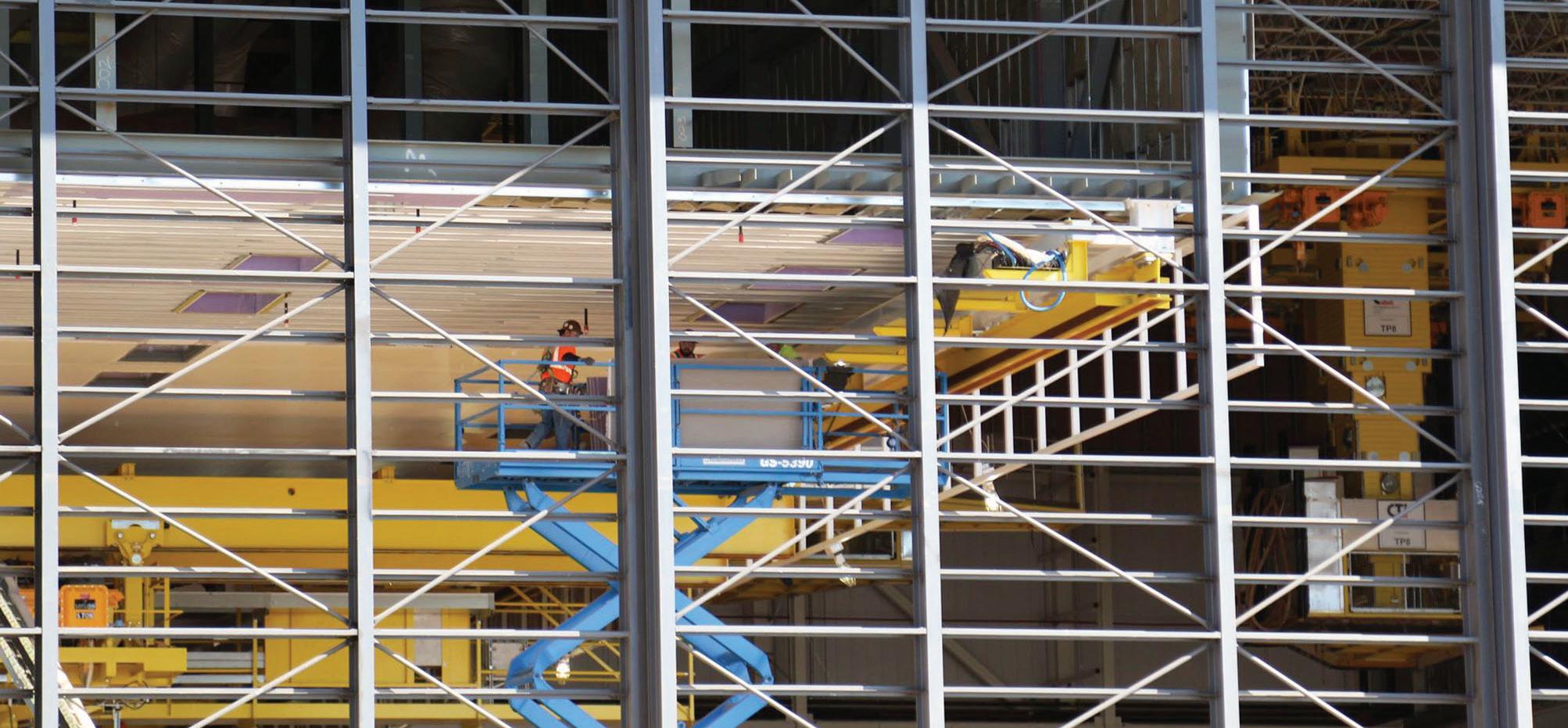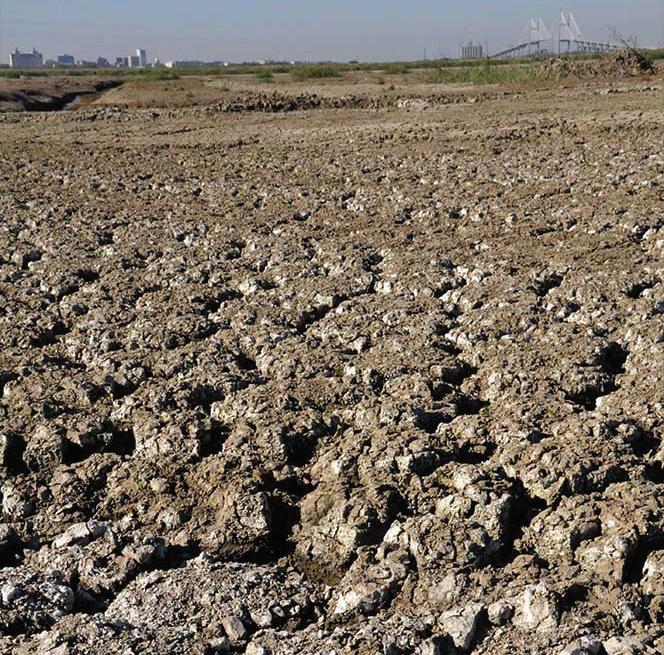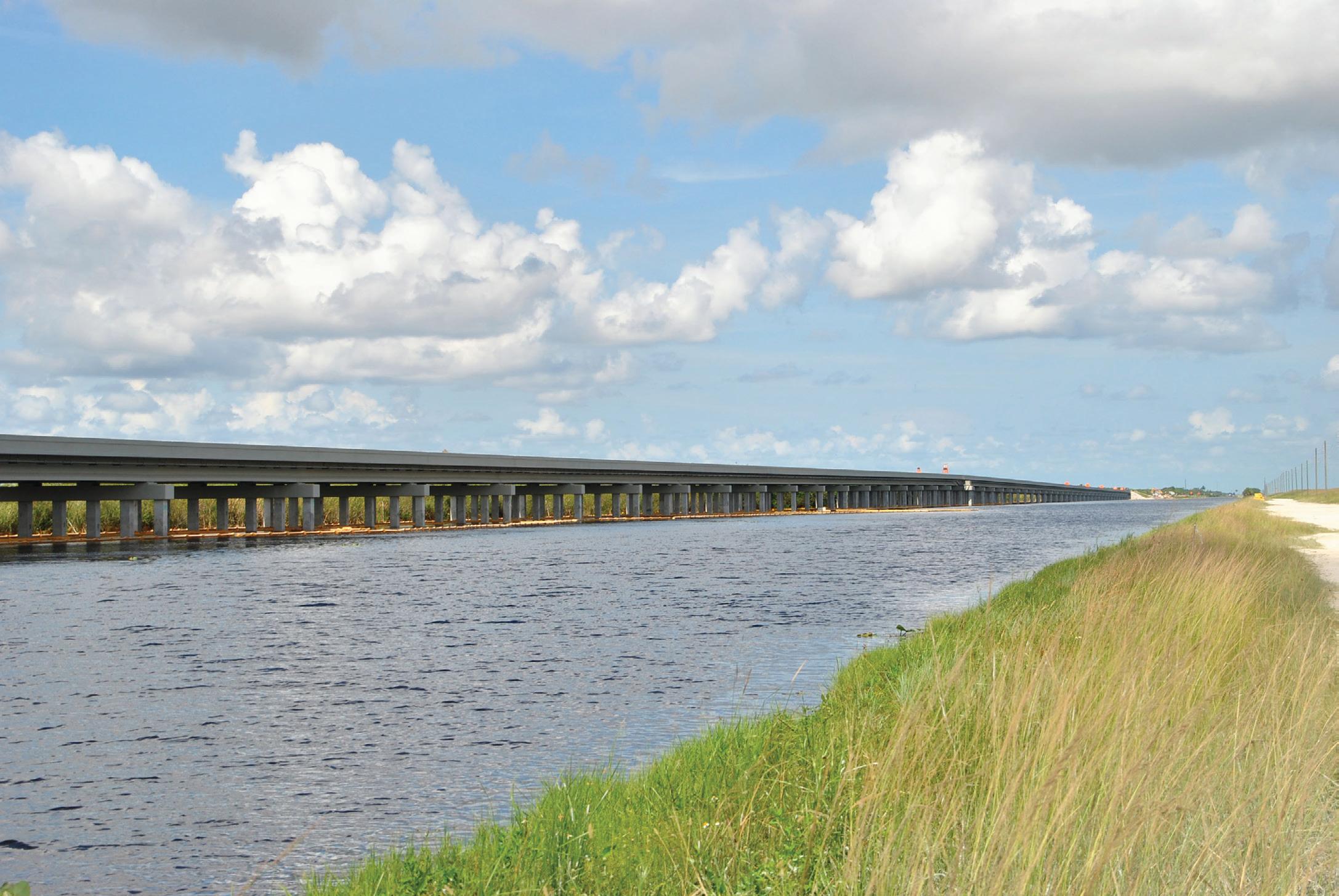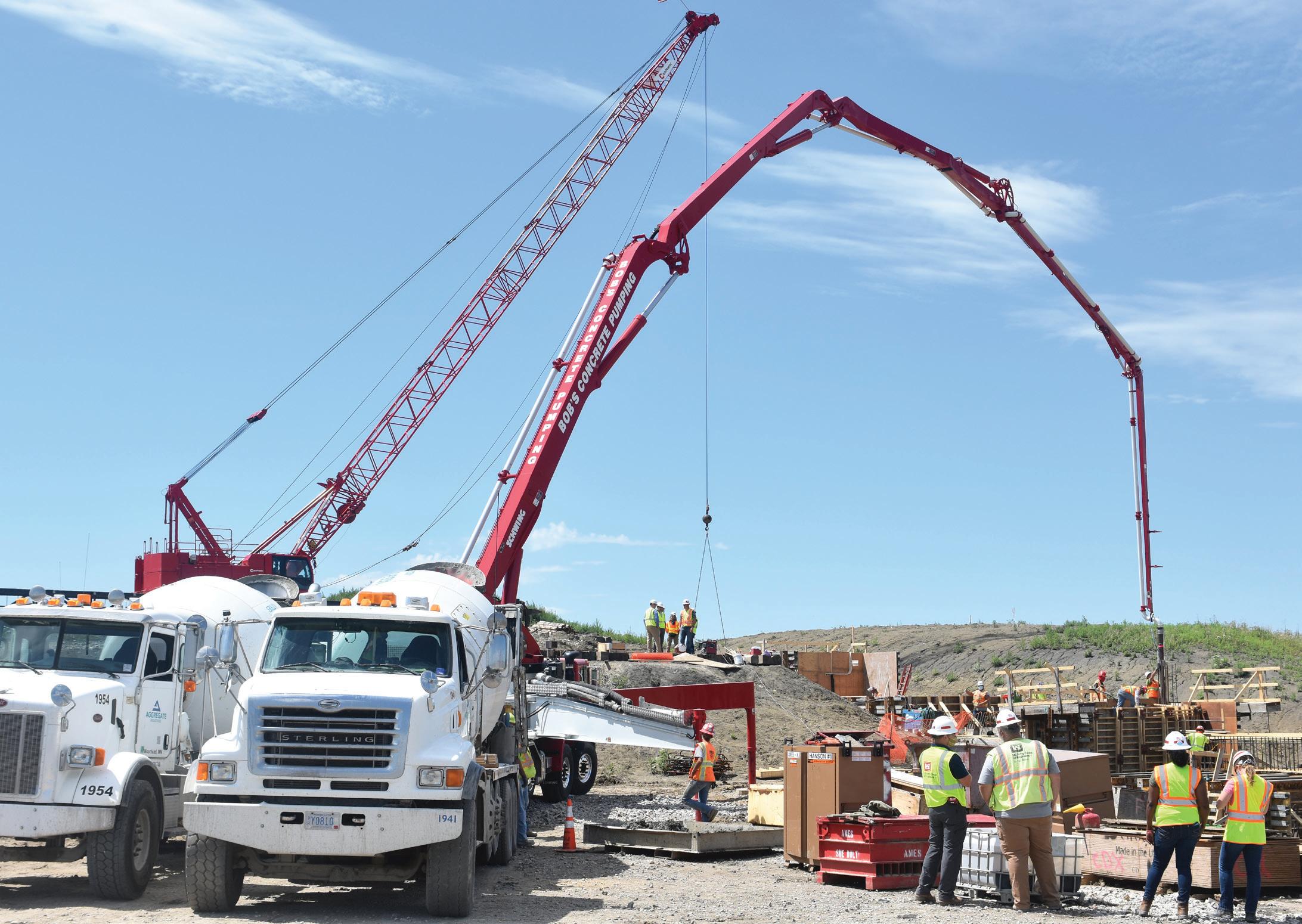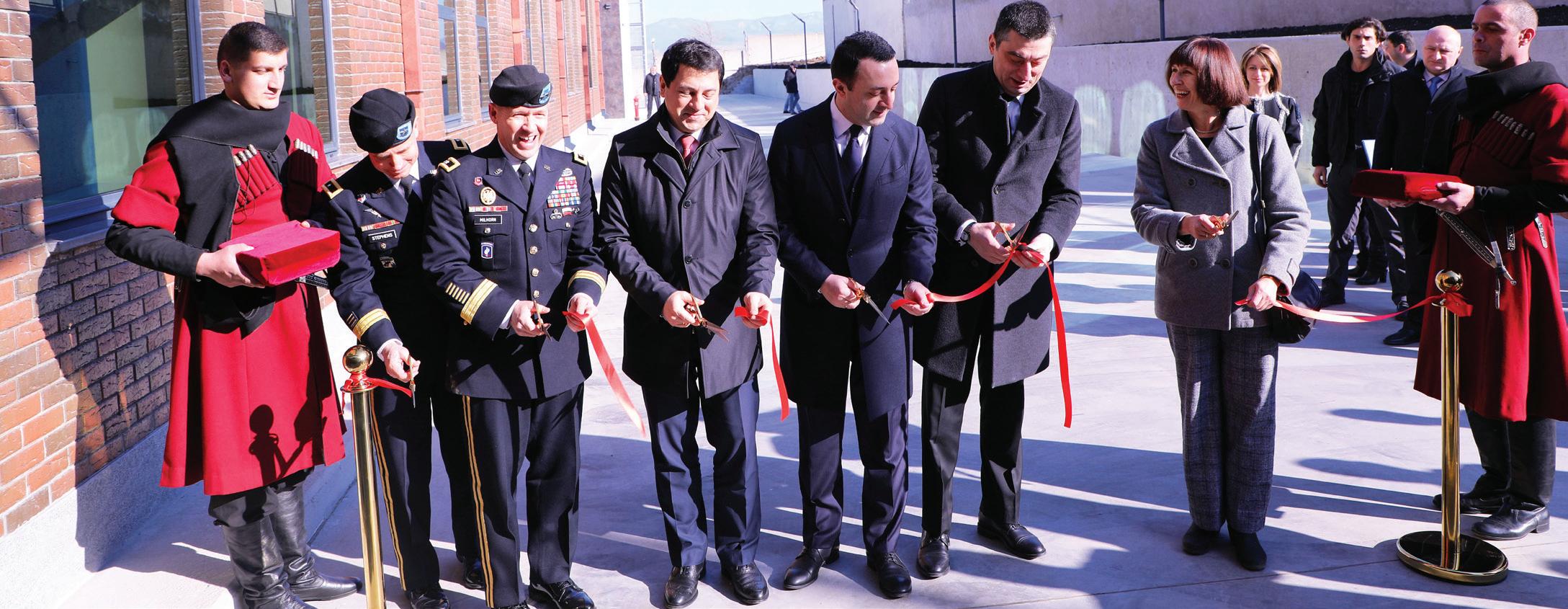the Gulf of the St. Lawrence River on the Atlantic Ocean, a distance of more than 2,400 miles. This binational resource is composed of the five Great Lakes, the connecting channels of the Great Lakes, the St. Lawrence River, and the Gulf of St. Lawrence. The U.S. portion of the system includes 140 harbors (60 commercial, 80 recreational), two operational locks, 104 miles of breakwaters and jetties, and more than 600 miles of maintained navigation channels. In addition, the GLNS connects to several other shallow-draft waterways (Illinois Waterway, New York State Barge Canal, etc.) to form an important waterborne transportation network, reaching deep into the continent. The Great Lakes handled 128 million tons of commodities in 2013. Major commodities transported included iron ore (42%), coal (19%), and limestone (19%). • Ohio River System (main stem and tributaries) provides 2,600 miles of navigable waters and enables 245 million tons of cargo to ship annually, equating to nearly 30% of the country’s
domestic waterborne commerce, with the main commodity being coal. • Flood Risk Management protects people and the economy – LRD manages 84 dams and reservoirs for flood risk reduction, water supply, environmental stewardship, and recreation in cooperation with local water supply managers and stakeholders. • LRD has 539 miles of levees and more than 100 local flood protection projects that include walls, levees, and channel improvements. • The division helps fight floods during flood conditions and repair certified levees that are damaged by storms. • LRD manages 1.5 million acres of land and water including 756 recreation areas at 100 lake and river sites. These areas receive more than 80 million visitors annually and generate 27,000 jobs in local communities. They include parks, campgrounds, marinas, swim areas, and hiking trails, and offer a host of other recreational activities for outdoor enthusiasts.
PHOTO BY USACE BUFFALO DISTRICT
Northerly Island, Illinois.
THE GREAT LAKES RESTORATION INITIATIVE MAKING THE GREAT LAKES GREAT BY ANDRE W KORNACKI, Buf falo District
F
acilitating economic growth, improving quality of life, and increasing the environmental health of the nation are key foundational components of the U.S. Army Corps of Engineers (USACE) mission.
Through the Great Lakes Restoration Initiative (GLRI), USACE is one of 16 federal agencies participating in the administration’s initiative to protect and restore the world’s largest freshwater system. The program, which originated in 2010, has already made significant 23

